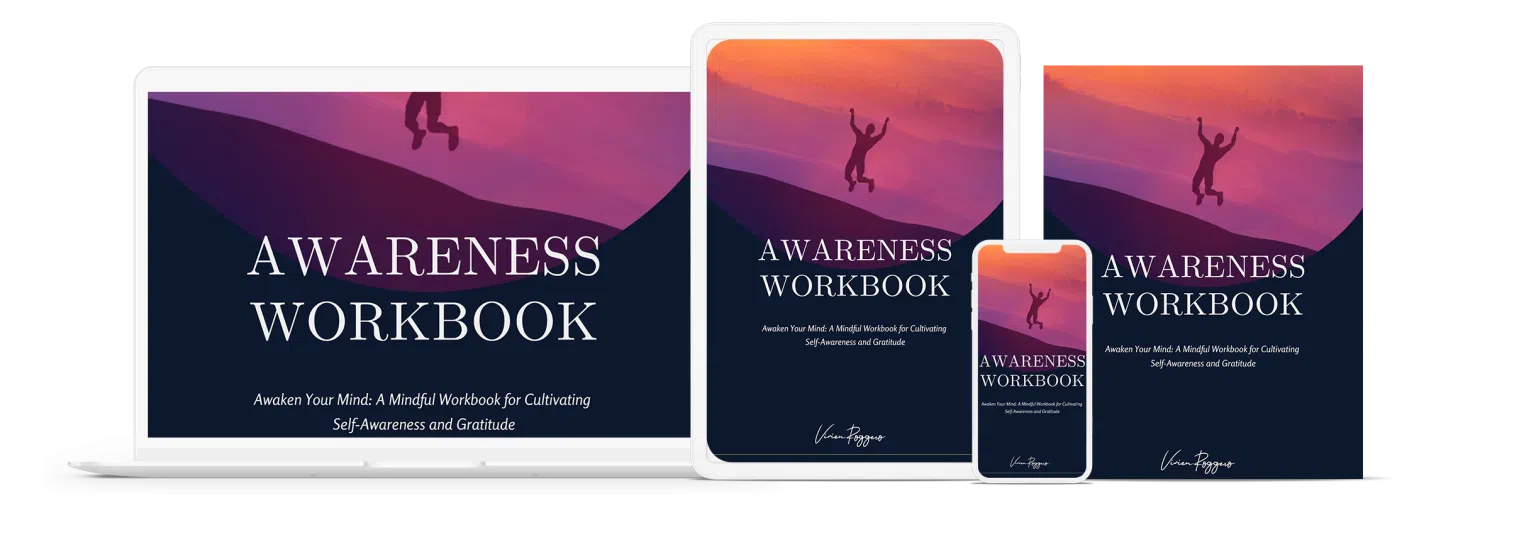A grudge is like a heavy stone we carry in our hearts, weighing us down with resentment and anger. It ties us to the past, hampering our growth and casting a shadow on our relationships. Grudges can drain our mental and emotional vitality, often causing more harm to ourselves than to the person we begrudge. Letting go of grudges is essential for personal growth, healthier relationships, and overall well-being. This guide will illuminate the path to releasing grudges, providing 15 practical steps towards freedom from resentment.
Recognize the Grudge
The first step towards releasing a grudge is to acknowledge its existence. This may manifest as persistent anger towards someone, recurrent thoughts about a past event, or an unwillingness to forgive. Recognizing these signs is the first step in addressing the grudge and initiating the process of healing.
Understand the Grudge

Grudges are often rooted in hurt feelings or perceived injustices. Reflecting on the cause of your grudge—asking why it took hold and understanding what needs weren’t met—can provide valuable insight into its origins. This self-reflection creates a foundation for understanding the grudge and facilitates the process of letting it go.
Reflect on the Impact
Holding grudges can have a notable negative impact on our mental and emotional health, often causing stress, harming relationships, and fostering negativity. Reflecting on these effects allows us to understand the toll the grudge is taking on our lives. This acknowledgment can act as a catalyst, stirring a desire for change and a commitment to release the grudge.
Choose Forgiveness
Forgiveness is a conscious choice—a decision to release the heavy stone of resentment we’ve been carrying. It’s about choosing peace over anger, understanding over resentment, and future over past. Forgiveness doesn’t condone the hurt caused; instead, it frees us from the chain of resentment, leading to emotional freedom and improved relationships.
Empathize with the Other Person
Empathy involves understanding the perspective of the person you’re holding a grudge against, putting yourself in their shoes. Seeing the situation from their viewpoint can humanize them, and in some cases, make their actions more understandable. This step isn’t about excusing their behavior, but about gaining a broader perspective which can catalyze the process of forgiveness.
Let Go of Resentment
Letting go of resentment is a significant step towards releasing a grudge. This involves deliberately choosing forgiveness, practicing empathy, and consciously shifting focus to the present instead of dwelling on past grievances. Letting go allows the healing process to begin, promising a journey towards peace and emotional liberation.
Practice Self-Compassion
Self-compassion is a crucial aspect of releasing grudges. This includes forgiving yourself for past mistakes, letting go of self-blame, and treating yourself with the same kindness you’d extend to a good friend. By practicing self-compassion, you permit yourself to heal, let go of grudges, and move towards a healthier emotional state.
Seek Closure
Closure is an essential part of the healing process. This may involve having an open conversation with the person you hold a grudge against, if it’s appropriate and safe. Addressing the issue directly can help resolve misunderstandings, leading to personal growth and the development of healthier relationships.
Avoid Negative Self-Talk
Negative self-talk, a destructive internal narrative, can perpetuate grudges. This involves replacing negative thoughts with positive and constructive ones, which can help change your perspective and facilitate the process of releasing grudges. This shift in self-talk engenders a more positive mindset and nurtures an environment conducive to forgiveness and healing.
Focus on the Future
Moving forward and focusing on the future is a powerful step in releasing grudges. It’s about making a conscious decision to no longer let past grievances define you or your relationships. By setting future goals and aspirations, you can motivate positive change and further align yourself with the process of letting go.
Practice Mindfulness
Mindfulness, the practice of focusing on the present moment non-judgmentally, can greatly facilitate the process of releasing grudges. It aids in distancing oneself from past resentments and focusing on the here and now. Incorporating mindfulness exercises such as mindful breathing or meditation into your daily routine can help foster a more forgiving and compassionate mindset.
Seek Support

The journey of releasing grudges can be challenging and sometimes, it can be vital to seek support. Turning to trusted friends, family, or a professional therapist can provide valuable guidance and perspective. Speaking openly about your feelings and experiences in a supportive environment can be immensely therapeutic and instrumental in the process of letting go.
Engage in Self-Care
Self-care plays a vital role in emotional healing. Activities that nurture your well-being, be it physical exercise, a hobby you enjoy, or even quiet moments of relaxation, can help reduce stress and promote emotional healing. By prioritizing self-care, you create a harmonious environment that supports the release of grudges and fosters overall mental and emotional well-being.
Give it Time
The process of letting go of grudges and embracing forgiveness doesn’t happen overnight. It’s a journey that requires patience and commitment. The hurt may still linger, and that’s okay. It’s important to remember everyone heals in their own time and it’s key to be patient with yourself as you work towards forgiveness.
Let Go and Move On
Letting go of a grudge is a conscious decision that leads to personal growth and emotional freedom. It’s about choosing peace over resentment, understanding over contention, and the future over the past. Letting go can be liberating, providing room for growth, healing, and healthier relationships. It’s a firm step towards a more positive, forgiving, and compassionate self.
Conclusion
Navigating the journey from grudge holding to forgiveness is a transformative process. It begins with recognizing and understanding the grudge, reflecting on its impact, and choosing forgiveness. Empathizing with the other person, letting go of resentment, practicing self-compassion, and seeking closure, are all pivotal steps towards releasing a grudge.
Avoiding negative self-talk, focusing on the future, practicing mindfulness, seeking support, and engaging in self-care are all practices that further facilitate the process. Embracing patience as you journey through this process, ultimately leading to the final step—letting go and moving on.
The 15 steps outlined here form a comprehensive guide to stop holding grudges. They provide practical strategies and insights to navigate the journey towards forgiveness and healing. By releasing grudges, you make room for peace, contentment, and positive relationships.













![2024 Awareness Wordbook by Vivien Roggero [Self-discovery tools]](http://vivienroggero.com/wp-content/uploads/2023/04/Book-Awarness-Full-pack.png)